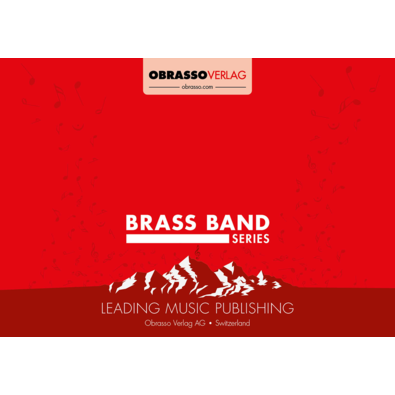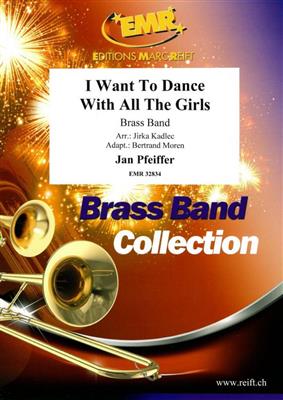We've found 979 matches for your search. Order by
Results
-
 £56.00
£56.00I Write The Songs - Bruce Johnston - Christopher Wormald
Estimated dispatch 7-14 working days
-
£51.30
-
£51.30
I Come Back from the Market - F. Urfer
Estimated dispatch 5-14 working days
-
£57.00
You're the one that I Want - Travolta - Wilson
Estimated dispatch 5-14 working days
-
 £52.00
£52.00I Want To Dance With All The Girls - Jan Pfeiffer - Jirka Kadlec
Estimated dispatch 5-14 working days
-
 £52.00
£52.00When I Start The Day - Jan Pfeiffer - Jirka Kadlec
Estimated dispatch 5-14 working days
-
 £52.00
£52.00That Is The Way I Feel - Jan Pfeiffer - Jirka Kadlec
Estimated dispatch 5-14 working days
-
 £60.00
£60.00The Man I Love - George Gershwin - Jirka Kadlec
Estimated dispatch 5-14 working days
-
£24.95
If I Ruled the World - W.J. Duthoit
Estimated dispatch 5-14 working days
-
£37.95
The Girl I Left Behind Me - Philip Sparke
Estimated dispatch 5-14 working days
